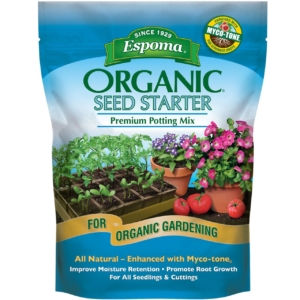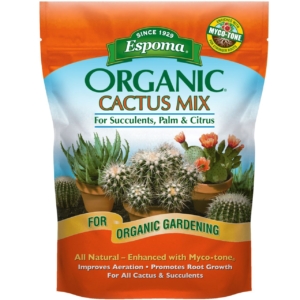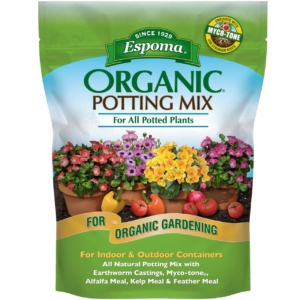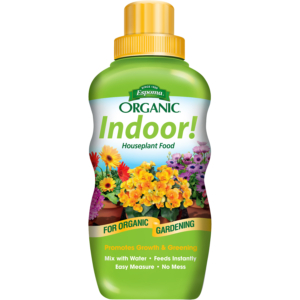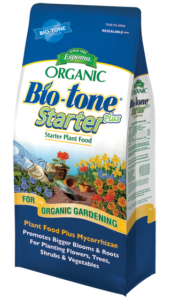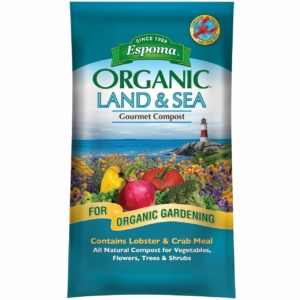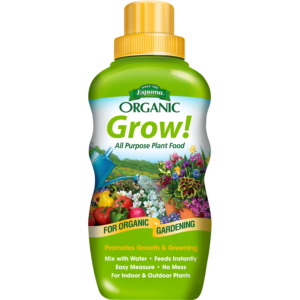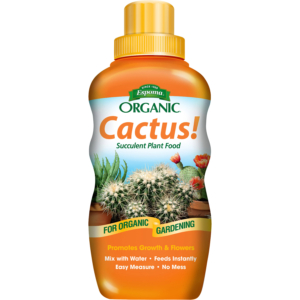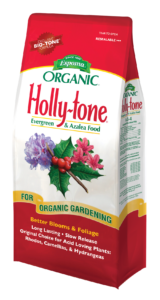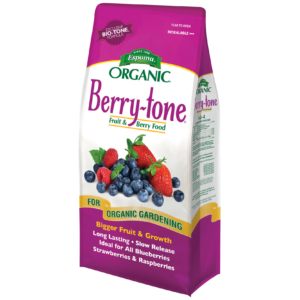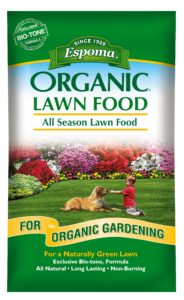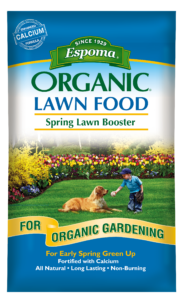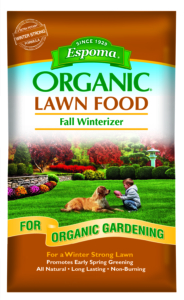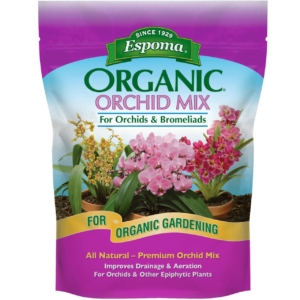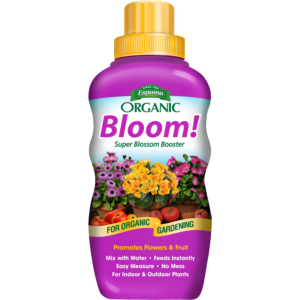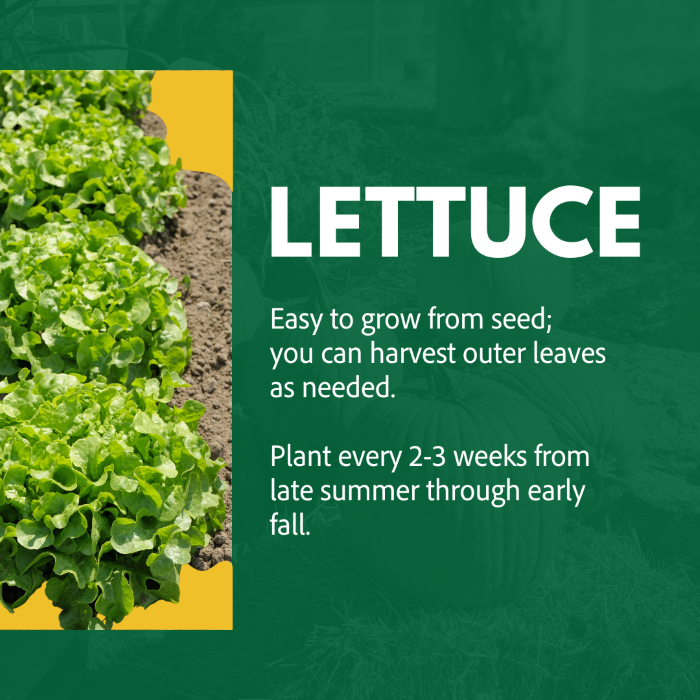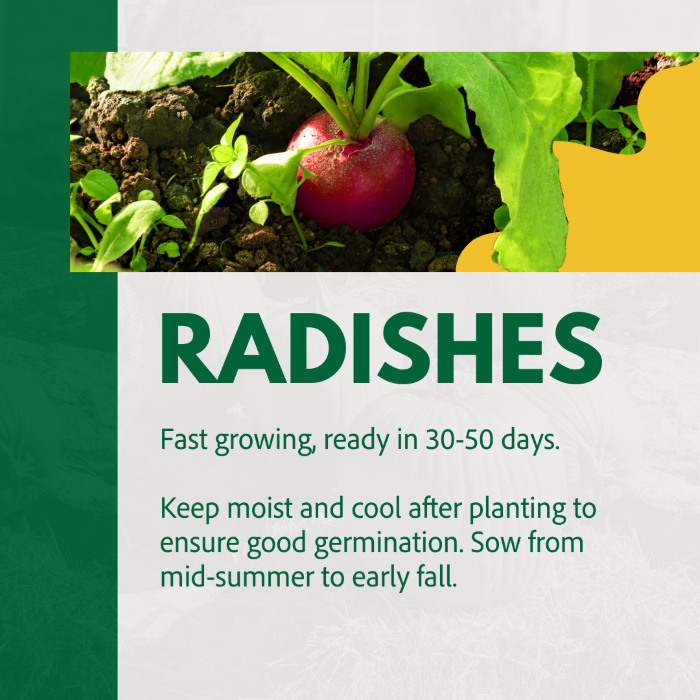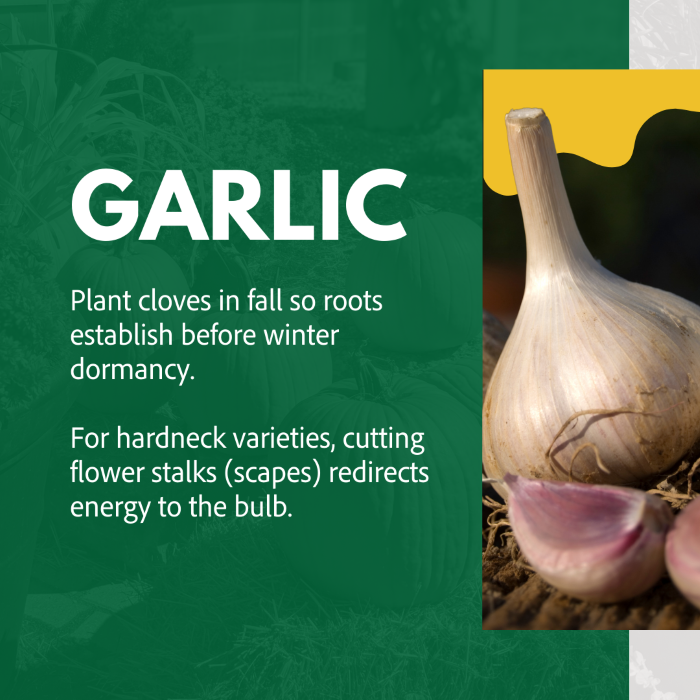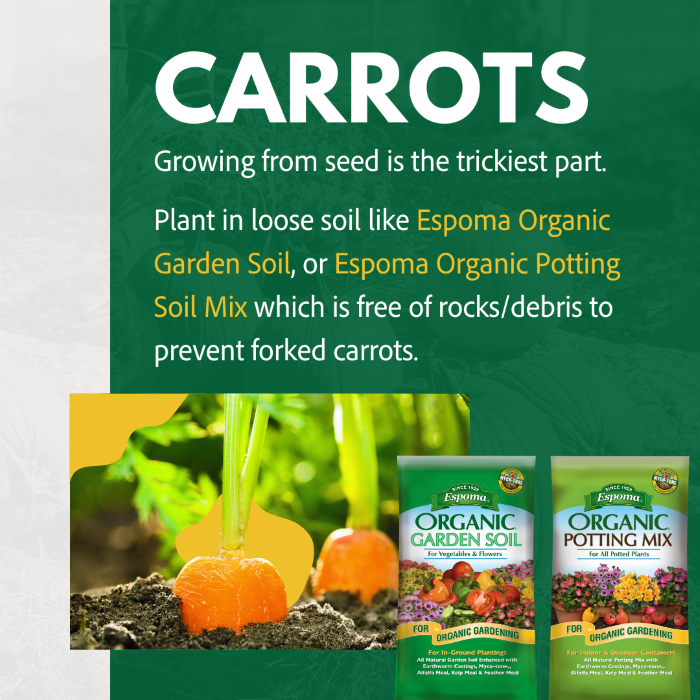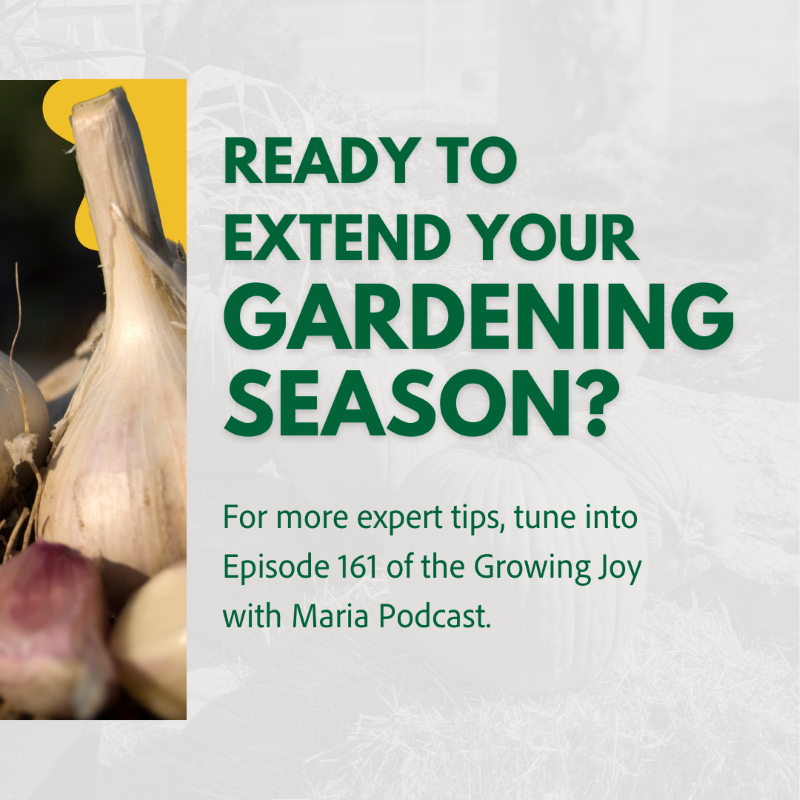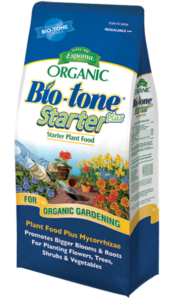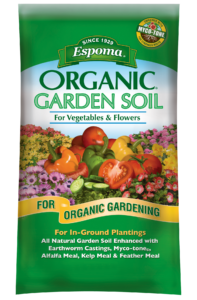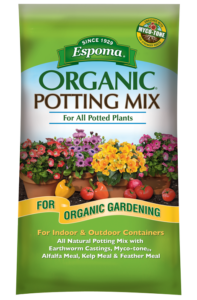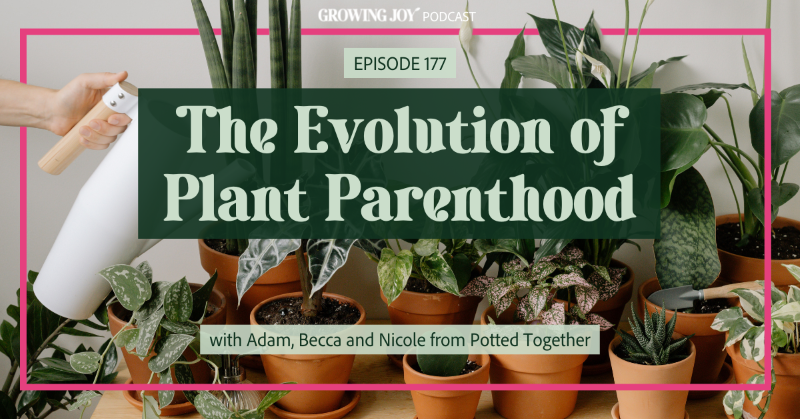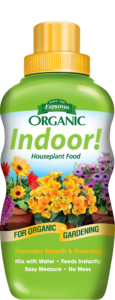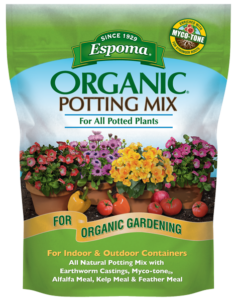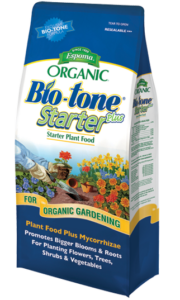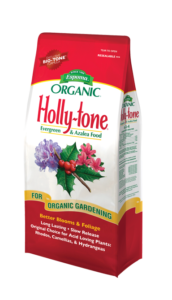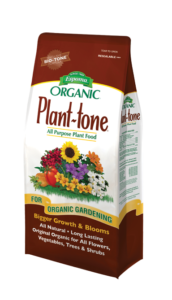Growing Joy with Maria: Plant Projects for Kids
Indoor Plant Projects for Kids
Looking for ideas to keep your kids engaged with nature while they’re indoors for the season? Look no further!
This blog is inspired by Episode 104 of Growing Joy with Plants Podcast, where host Maria Failla discusses fun, indoor plant-based projects for kids of all ages with teacher turned content creator, Joe Dombrowski. These activities will allow your children to learn about plants, science, and nature in a hands-on way, and the best part is they require minimal supplies and space, making them doable for those without big yards.
Let’s dig in!
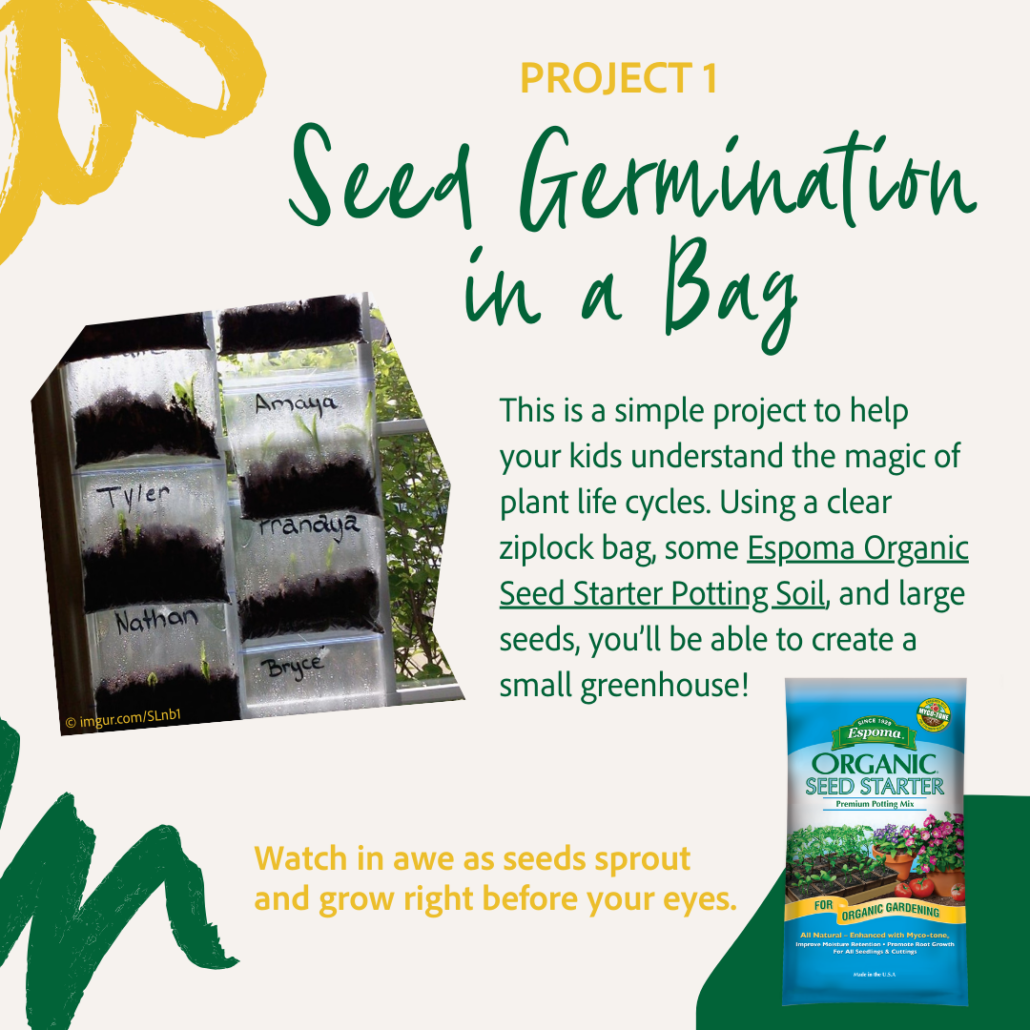 Project 1: Seed Germination
Project 1: Seed Germination
This first project allows kids to observe the entire seed germination and plant life cycle close-up.
Supplies Needed:
- Clear ziplock bag (quart or gallon size)
- Potting soil, about 2 cups
- Marker for labeling bags
- Large seeds, such as pumpkin or lima beans
- Water
- Tape or a pin to attach bag to window, wall, or bulletin board
Steps:
- Add 2 cups of Espoma Seed Starter Potting Soil Mix to the bottom of the ziplock bag. Lightly mist the soil with water until moist but not soaked.
- Plant 1-2 large seeds in the center of the bag, either close to the side for visibility or in the middle for some mystery.
- Seal the bag most of the way, leaving a bit of air inside.
- Hang the bag on a window or bulletin board using tape or tacks.
- Use Espoma Indoor! Plant Food to feed plants once sprouted.
What Happens: The sealed environment leads to condensation forming inside the bag. This “precipitation” falls back to the soil, watering the seeds. Kids will be able to observe the seed sprouting roots and, eventually, the plant emerging. The water cycle is happening right before their eyes!
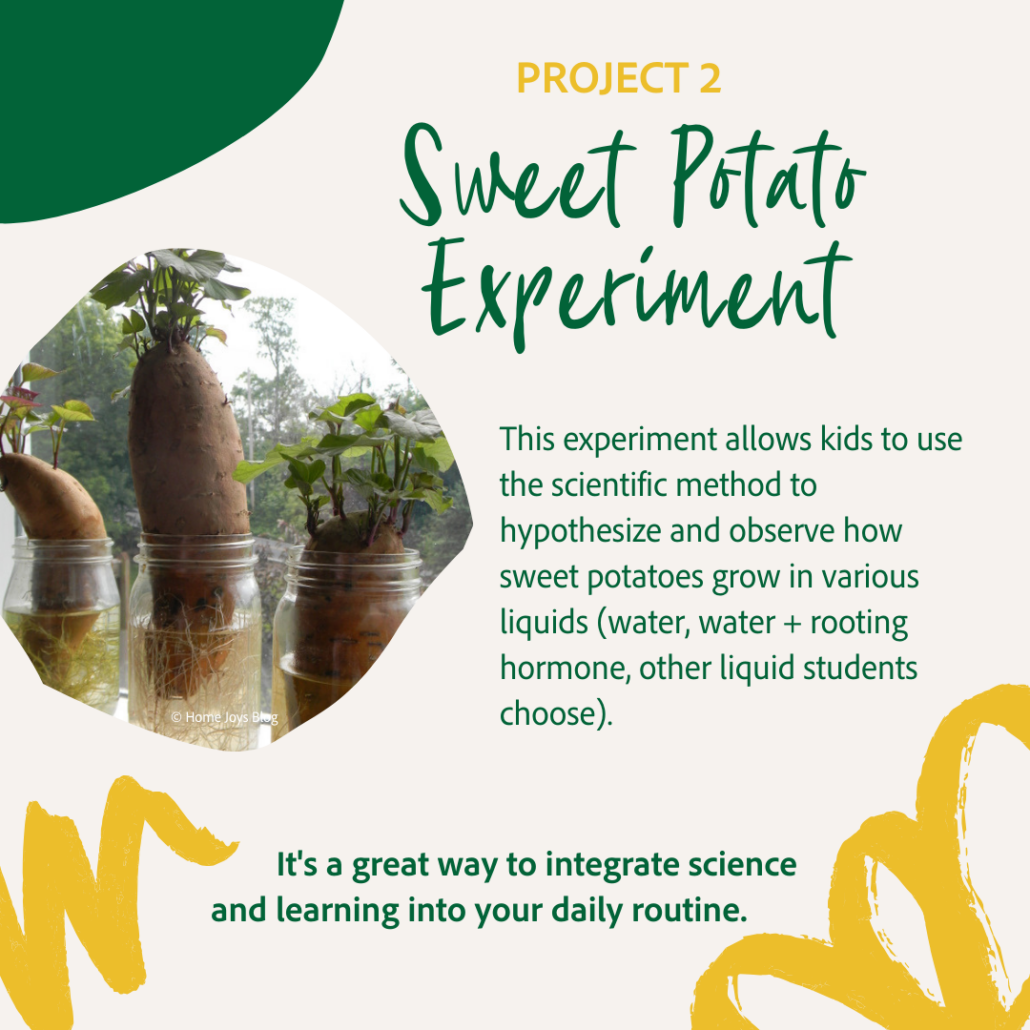
Project 2: Sweet Potato Experiment
Let kids play “mad scientist” with this rooting experiment using sweet potatoes and different liquids.
Supplies:
- 3 sweet potatoes
- 3 clear cups or jars, enough for each liquid
- Water
- Rooting hormone
- Other liquid of child’s choice (safe options like juice, soda, etc.)
Steps:
- Pick 3 sweet potatoes from the grocery store; if you can pick one with “eyes” (buds), choose those!
- Fill each cup with a different liquid: water, water + rooting hormone, and any other liquid the student chooses.
- Place the sweet potato’s bottom third in each liquid, using toothpicks to hold it up.
- Have kids hypothesize what will happen: which potato will root the best and why? How long will it take?
- Observe the changes each day.
What Happens: Kids get to play with the scientific method: hypothesis, experimentation, and observation as they learn about root and shoot growth through trial and error testing. Discuss how and why the results turned out the way they did in the end, and conclude which liquid was the best for plant growth!
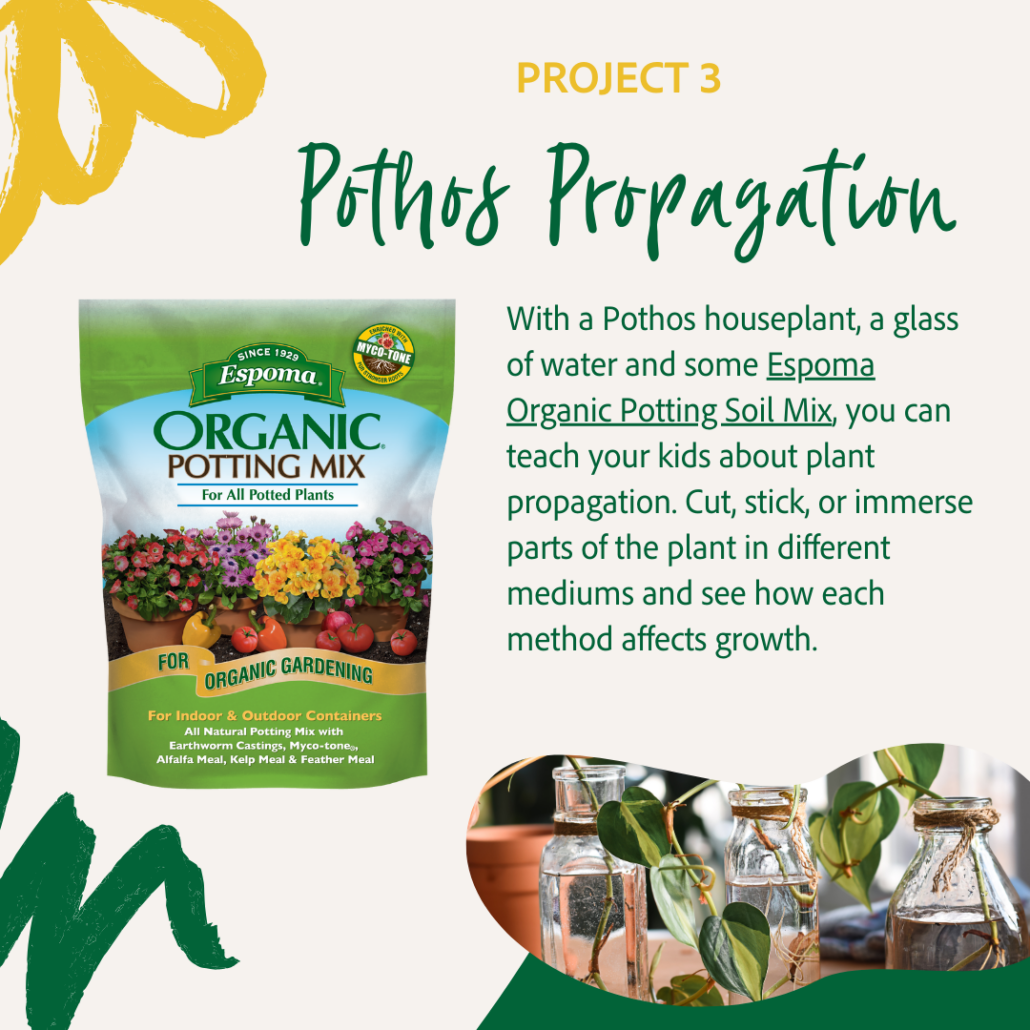
Project 3: Pothos Propagation 3 Ways
Kids can learn how plants reproduce by trying their hand at propagating pothos cuttings in different ways.
Supplies:
- Pothos houseplant
- Scissors
- Water
- Small pots or containers
- Espoma Potting Soil
Steps:
- Cut a vine below a node and place in water (water propagation).
- Cut a vine and stick it directly into soil (soil propagation).
- Remove a leaf, place the petiole in water (new plant just from leaf).
What Happens: Watch roots form in cuttings in water. Look for new vines sprouting from cuttings in soil. See new baby pothos plants emerge just from the leaf. All of these are different ways to reproduce a plant that your child can learn from!
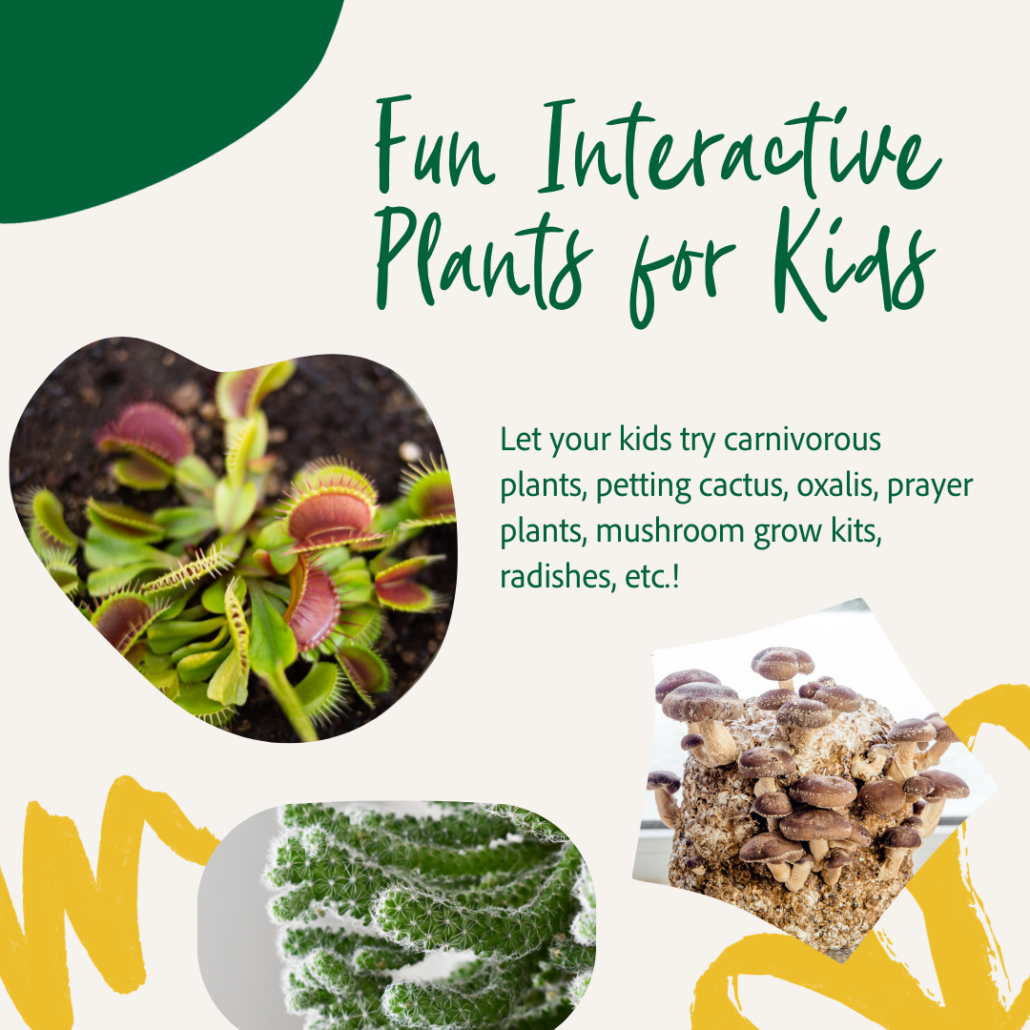
Bonus: Fun Interactive Plants for Kids
Add some engaging plants to a kids room or learning space to pique their interest in nature.
Some plants to try:
- Carnivorous plants – Venus flytraps and pitcher plants are endlessly fascinating
- Sensitive plant (Mimosa pudica) – leaves close up when touched
- Petting cactus – start growing your own with Espoma Cactus Potting Mix
- Plants that move – oxalis, prayer plants, etc.
- Mushroom grow kits – watch fungi sprout up rapidly
- Amaryllis bulbs – watch them bloom
- Radishes – fast-growing and edible
The hands-on nature of these plants captures kids’ attention and turns them into budding botanists. They learn that plants are living things that move and change.
Bringing nature indoors that kids can touch and interact with is needed now more than ever, as plants bring benefits like creativity, reduced stress, and increased focus. Hopefully, these planty projects have sparked some ideas for easy ways to engage your kids all year long, even when they’re inside!
*****
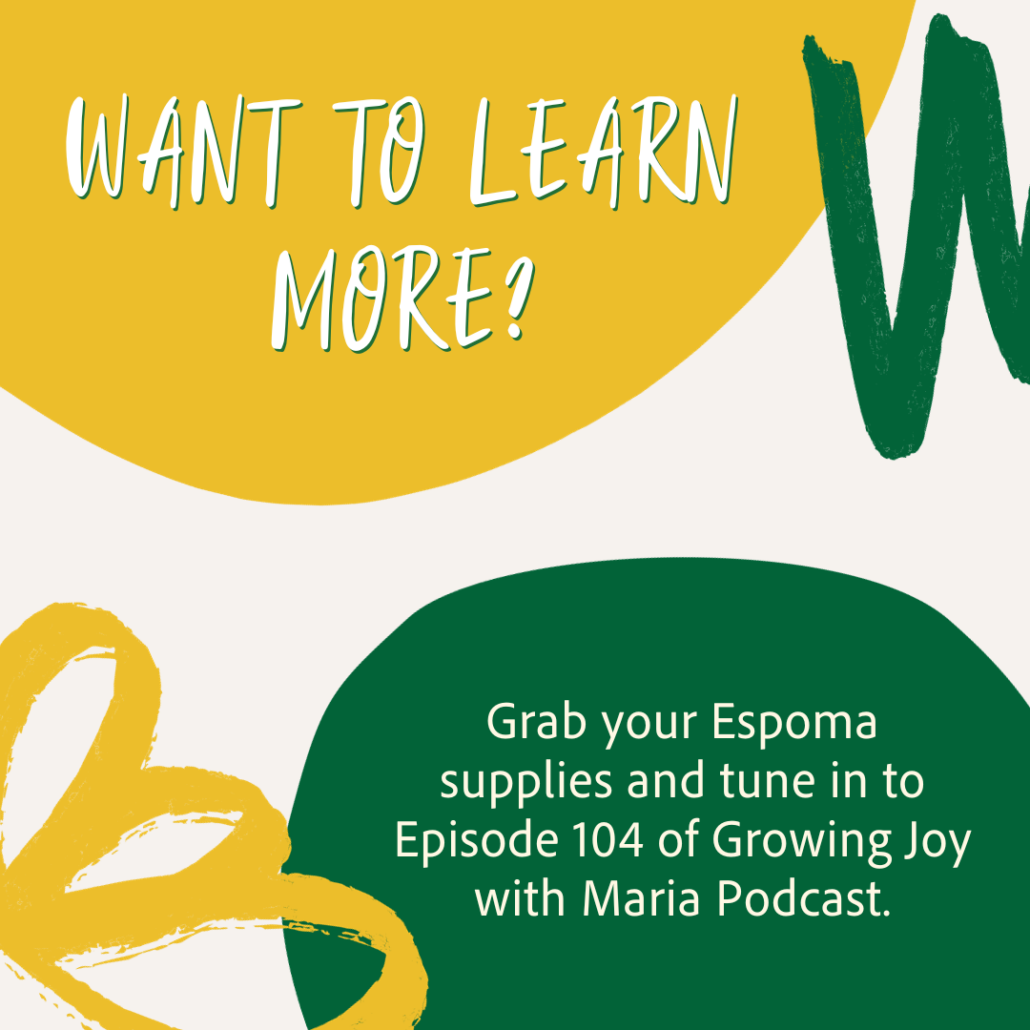
Featured Products:

